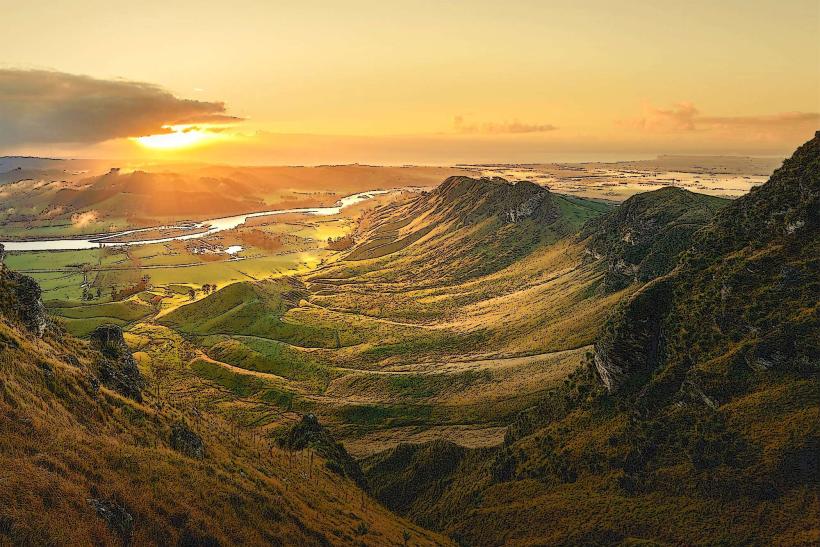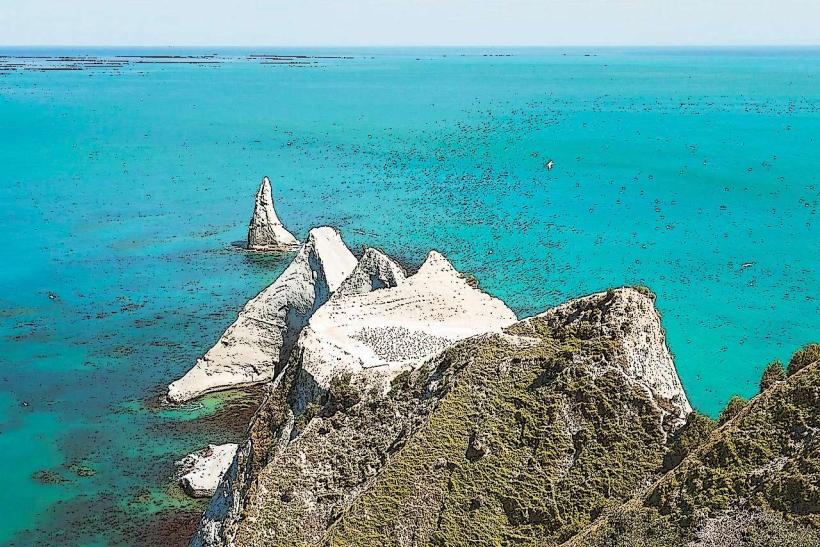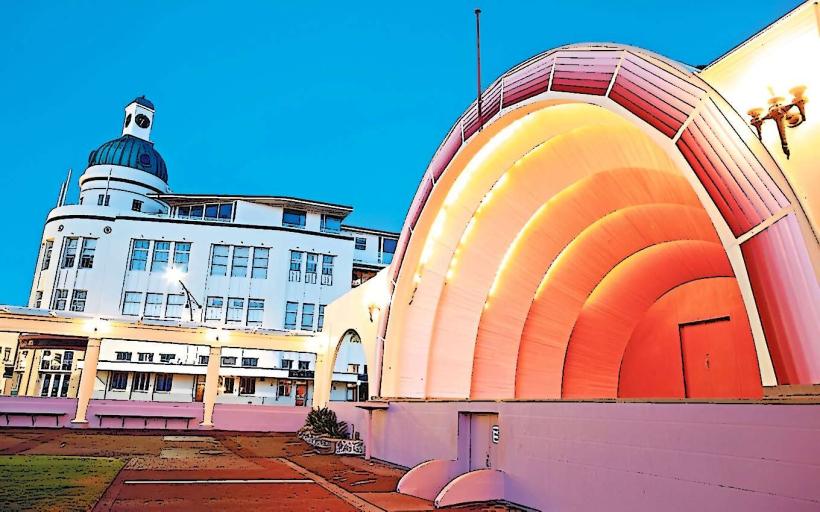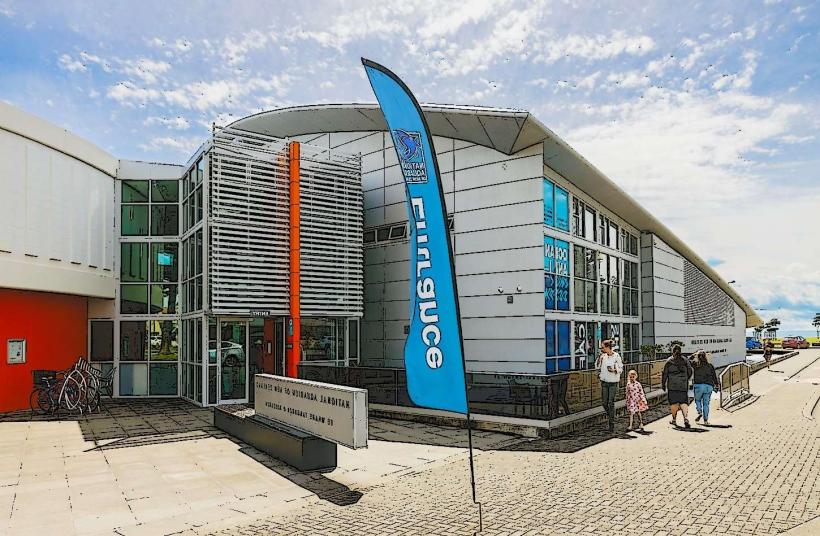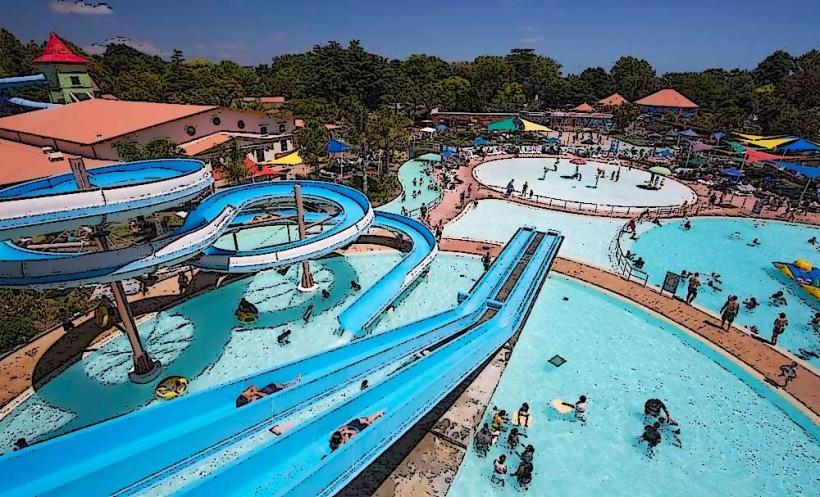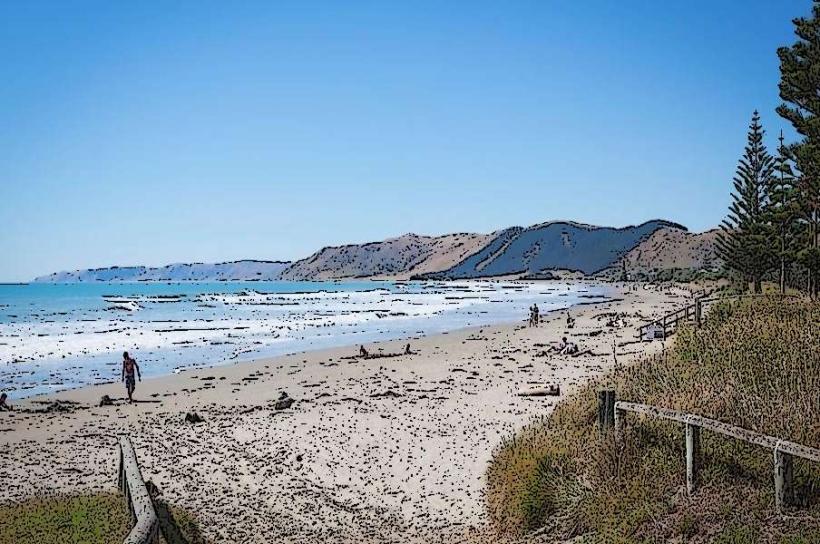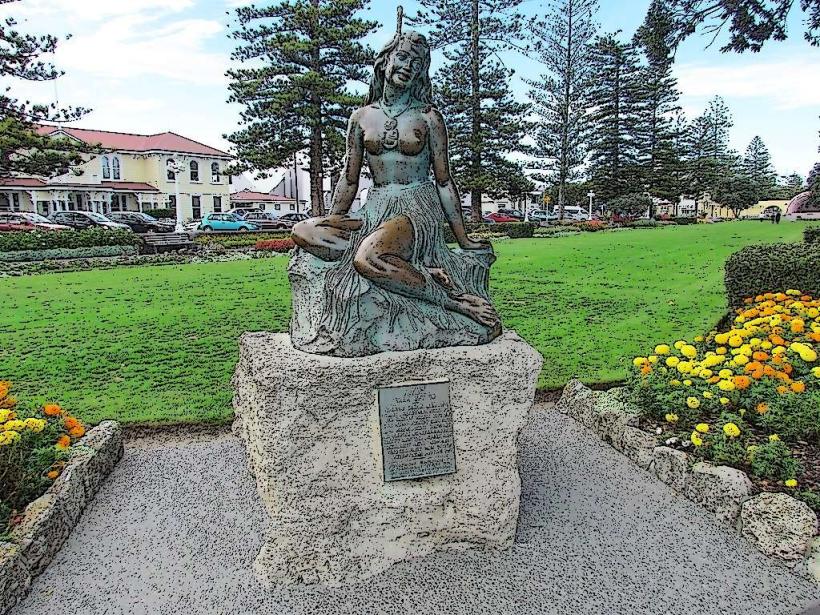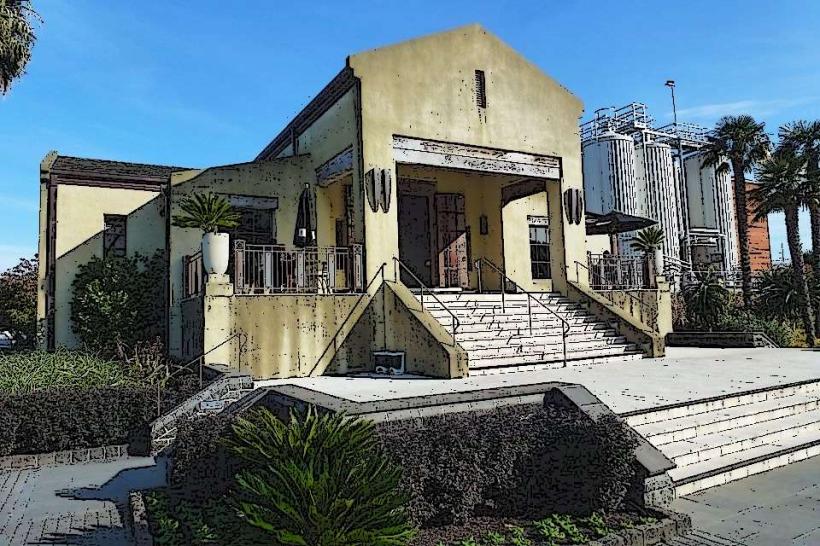Information
Landmark: Pekapeka WetlandsCity: Napier Hastings
Country: New Zealand
Continent: Australia
The Pekapeka Wetlands is a stunning and unique natural reserve located near Hastings in the Hawke's Bay region of New Zealand. The wetlands are a haven for wildlife, particularly birds, and offer an immersive and tranquil experience for nature lovers, bird watchers, and outdoor enthusiasts. The area is an important ecological site that showcases the beauty and complexity of New Zealand's wetland ecosystems.
Overview and Location
The Pekapeka Wetlands are situated just to the north of Hastings, near State Highway 2, between Havelock North and Clive. This easy-to-access location makes the wetlands a popular spot for both locals and visitors to explore, with its serene natural environment offering a peaceful retreat from the bustle of nearby urban areas.
The wetlands are part of a larger network of natural reserves in the region, and they serve as a crucial habitat for a wide range of wildlife. The area is particularly important for wetland bird species, and it provides a perfect example of how wetlands contribute to biodiversity and ecological balance.
Ecological Significance
Pekapeka Wetlands are considered to be one of the best-preserved examples of a lowland wetland in the Hawke’s Bay region. Historically, wetlands like Pekapeka were common across the area, but many have been drained or altered for agricultural development. The Pekapeka Wetlands represent one of the few remaining significant wetland habitats in the region, making it an important site for conservation efforts.
The wetlands support a diverse array of plant and animal species, many of which are native to New Zealand. The environment is made up of a combination of reed beds, rushes, and swamps, creating a varied habitat for a range of species.
Wildlife and Birdwatching
The Pekapeka Wetlands are a key destination for birdwatchers, as the area is home to a wide variety of native bird species. Some of the birds that visitors may encounter include:
- North Island Kaka: A native forest parrot that has been successfully reintroduced to the region.
- Australasian Bittern: A rare and endangered bird that can sometimes be spotted in the reeds of the wetland.
- Swamp Harrier: A large bird of prey that is commonly seen soaring over the wetlands in search of food.
- Waders: Pekapeka Wetlands are home to a range of migratory wader species, such as godwits and stilts, especially during the colder months when they fly in from other parts of the world.
- Kingfisher: Known for its striking blue plumage, the kingfisher is often spotted near the wetland's streams and waterways.
The diverse habitat also supports a variety of insects, amphibians, and small mammals, contributing to the wetlands' rich biodiversity.
Walking and Nature Trails
The Pekapeka Wetlands are accessible via a network of walking and cycling trails that allow visitors to explore the area at their own pace. The trails are well-maintained, providing a peaceful and scenic route through the wetland’s different habitats.
- Boardwalks and Viewing Platforms: The wetland area is equipped with boardwalks and viewing platforms that provide elevated views of the marshes and wetlands below. These are perfect for birdwatching and observing the diverse flora and fauna.
- Interpretive Signs: Along the trails, visitors will find informational signs that provide details about the plants, animals, and ecology of the wetlands. These signs help visitors better understand the significance of the area and the species that inhabit it.
- Circular Walk: One of the main walking routes is a circular trail that loops around the wetlands, providing different perspectives of the landscape and wildlife. The trail is generally easy and flat, making it suitable for walkers of all ages and fitness levels.
The trails are also suitable for cycling, allowing cyclists to enjoy the peaceful surroundings while taking in the natural beauty of the wetlands.
Conservation Efforts
The Pekapeka Wetlands have been the focus of extensive conservation efforts, aimed at preserving and enhancing the area’s ecological value. These efforts are largely driven by local conservation groups, including the Pekapeka Wetlands Trust, which works to restore the wetland habitat, protect endangered species, and promote sustainable land management practices.
Conservation projects have focused on maintaining and improving water quality in the wetlands, restoring native plant species, and enhancing bird habitats. The removal of invasive plant species and the planting of native species have been key elements of these restoration efforts.
Educational and Community Engagement
The Pekapeka Wetlands also play an important role in environmental education. The area provides a valuable resource for schools, environmental groups, and community organizations to learn about wetland ecosystems, biodiversity, and the importance of conservation.
The wetlands have a dedicated visitor center that offers educational resources, programs, and activities designed to engage visitors in learning about the wetlands' significance. The center hosts events, talks, and workshops focused on local wildlife and conservation, and it is a great starting point for anyone interested in exploring the area.
Best Time to Visit
The Pekapeka Wetlands can be visited year-round, though the experience may vary depending on the season:
- Spring and Summer: The warmer months bring an abundance of plant life, and it’s a great time for birdwatching as many species are active and nesting.
- Autumn and Winter: The colder months are ideal for spotting migratory bird species that travel from other parts of the world. It’s also a great time for quieter walks, as there are fewer visitors.
Access and Facilities
The Pekapeka Wetlands are easily accessible by car from Hastings and other surrounding towns. The area is well signposted, and there is plenty of parking near the entrance.
Facilities include:
- Visitor Center: The center provides information, brochures, and maps of the wetland trails. It also hosts educational displays.
- Rest Areas: There are seating areas and picnic spots where visitors can relax and enjoy the natural surroundings.
- Public Toilets: Available for visitors’ convenience.
Conclusion
The Pekapeka Wetlands offer a peaceful and enriching experience for nature lovers, bird watchers, and outdoor enthusiasts. With its rich biodiversity, extensive walking trails, and conservation efforts, it is an important ecological site in Hawke’s Bay. Whether you’re interested in wildlife, photography, or simply enjoying a quiet walk in nature, the Pekapeka Wetlands provide an ideal destination to connect with the natural beauty of New Zealand.

